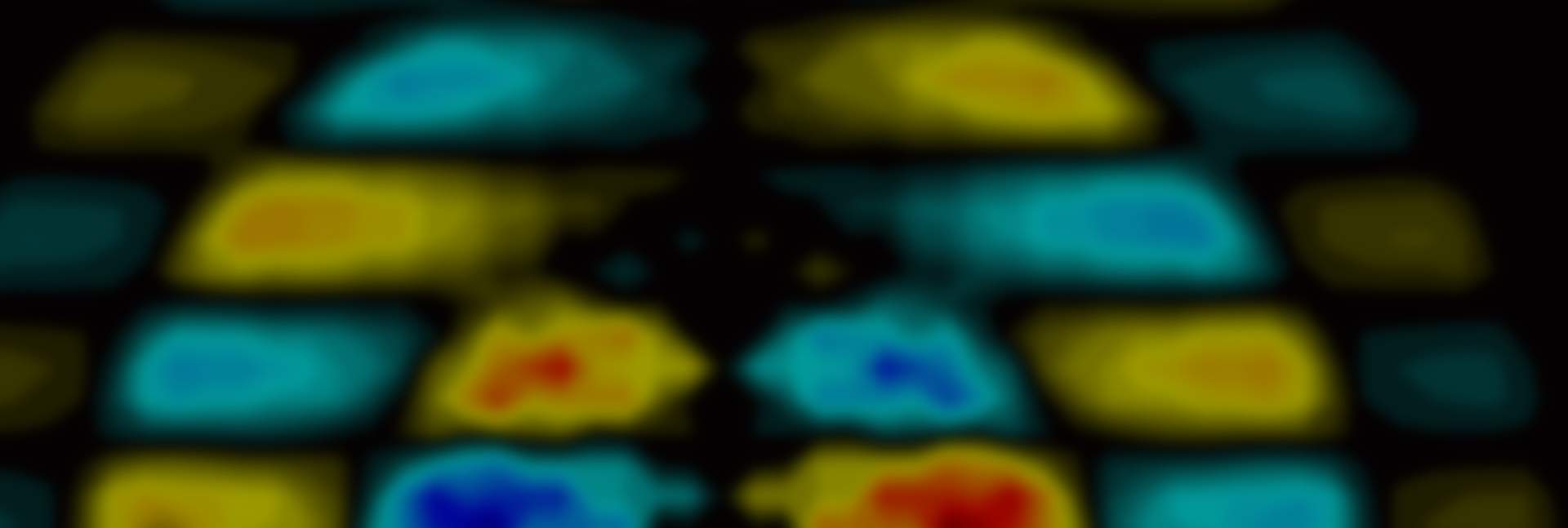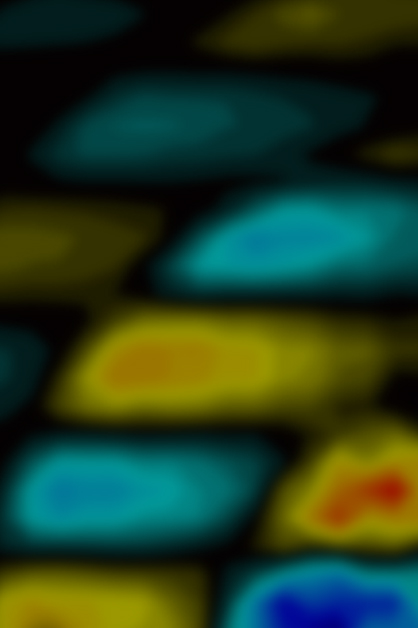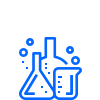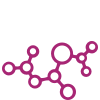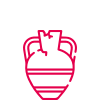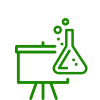Will an electron escaping a molecule through a quantum tunnel behave differently depending on the left- or right-handedness of the molecule?
Chemists have borrowed the phrases “left-handed” and “right-handed” from anatomy to describe molecules that are characterized by a particular type of asymmetry. To explore the concept of chirality, look at your hands, palms up. Clearly, the two are mirror images of one another. But try as we might to superimpose them, they will not overlap completely. Such objects, termed “chiral,” can be found at all scales in nature, from galaxies down to molecules.
Each day, we experience chirality not only when we grab an object or put on our shoes but also when we eat or breathe: our taste and smell can distinguish two mirror images of a chiral molecule. In fact, our body is so sensitive to chirality that a molecule can be a medicine and its mirror image a poison. Chirality is thus crucial in pharmacology, where 90 percent of synthesized drugs are chiral compounds.
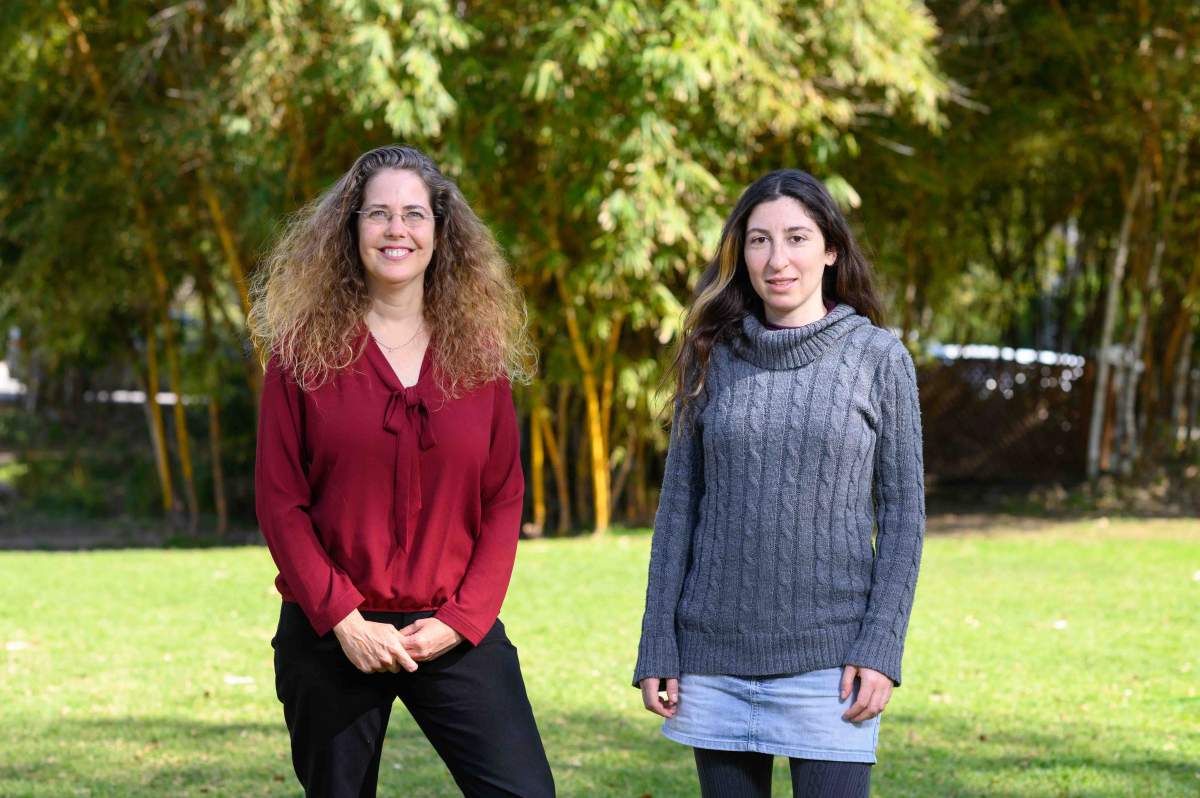
Chiral molecules have particular symmetry properties that make them great candidates for the investigation of fundamental phenomena in physics. Recently, the research teams led by Prof. Yann Mairesse from CNRS / Bordeaux University and Prof. Nirit Dudovich of the Weizmann Institute’s Department of Physics of Complex Systems used chirality to shed new light on one of the most intriguing quantum phenomena: the tunneling process.
""You can imagine the electrons as air trapped inside an inflatable balloon. The strong laser fields have the ability to reduce the thickness of the balloon enough for some air to tunnel through it"
Tunneling is a phenomenon in which quantum particles cross seemingly impossible-to-cross physical barriers. Since this motion is forbidden in classical mechanics, it is very difficult to establish an intuitive picture of its dynamics. To create a tunnel in chiral molecules, the researchers exposed them to an intense laser field. “The electrons of the molecules are naturally bound around the nuclei by an energy barrier,” explains Mairesse. “You can imagine the electrons as air trapped inside an inflatable balloon. The strong laser fields have the ability to reduce the thickness of the balloon enough for some air to tunnel through it, even though there’s no hole in the balloon.”
Mairesse, Dudovich and their teams set out to study an as-of-yet-unexplored aspect of tunneling: the moment in which a chiral molecule meets a chiral light field, and the way in which their brief encounter affects electron tunneling. “We were very excited to explore the connection between chirality and tunneling. We were keen to learn more about what tunneling would look like under these particular circumstances,” says Dudovich.

It only takes a few hundred attoseconds for an electron to escape an atom or molecule. (An attosecond is a billionth of a second, or 0.000000000000000001 seconds.) Such minuscule time frames characterize many of the processes studied in Mairesse’s and Dudovich’s labs. The two teams asked the following question: How does the chirality of a molecule affect the escape of an electron?


















